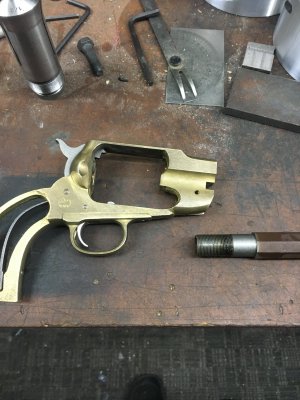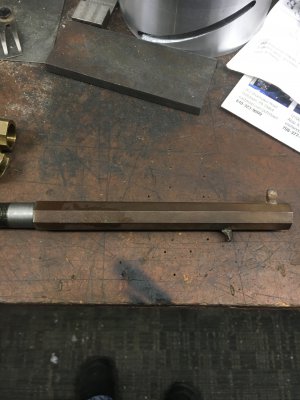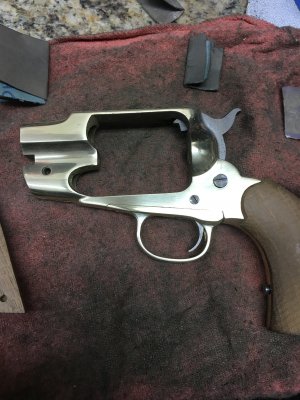- Joined
- Nov 14, 2016
- Messages
- 2,999
Just wondering what kind of a project one of these percussion revolver kits from Dixie Gun works or similar is. They don't give much information about the type of work or difficulty. Reading some on the comments it sounds like mostly hand finishing, but others suggest that a mill or lathe may be useful.
An example of one I was looking at
https://www.dixiegunworks.com/index...xie+Pietta+1851+Navy+Brass+Frame+Revolver+Kit
The price between finished and unfinished is not large $100-ish so it is mostly just to do it rather than for the cost savings. Just not sure what is involved.
An example of one I was looking at
https://www.dixiegunworks.com/index...xie+Pietta+1851+Navy+Brass+Frame+Revolver+Kit
The price between finished and unfinished is not large $100-ish so it is mostly just to do it rather than for the cost savings. Just not sure what is involved.




